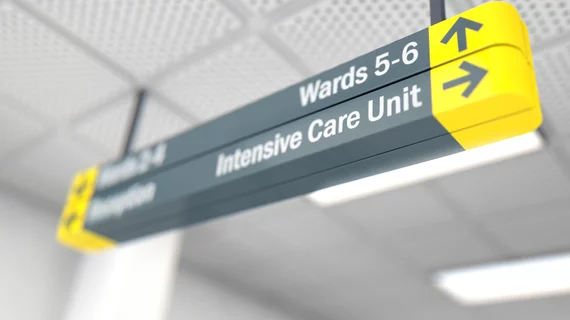Top 10 harms patients experience in hospitals
Medical mistakes are one of the leading causes of death in the U.S., and patients can experience harm when they are seeking care at hospitals. Knowing how patients are being harmed is crucial for healthcare providers to improve quality of care and outcomes.
Drawing on the largest data set of clinically validated adverse event outcomes from electronic health records, Pascal Metrics identified the top 10 patients harms most prevalent across the company’s Community Collaborative, which includes hospitals and health systems.
Here are the top 10 patient harms in 2019:
- Oversedation––when analgesics, anti-anxiety drugs or sedatives are administered in excess and can result in respiratory failure requiring reversal and rescue or hypertension. Adverse events around oversedation increase the standard procedural sedation cost of $2,300 by 179%. In 2018, oversedation events cost $2.2 billion nationally.
- Sepsis––a severe and life-threatening reaction to infection that is hard to diagnose and treat. With a 12.5% mortality rate, the condition becomes more deadly (between 40% and 80%) when the condition is advanced and severe.
- Glycemic events—events concerning blood glucose levels––either too low or too high––can require life-saving interventions, and patients can experience permanent damage to their organs.
- Abnormal surgical bleeding–– unexpected blood loss following an invasive procedure is costly and fairly common in specialty surgeries.
- Respiratory complication––when a patient experiences difficulty breathing, the complication can have serious ramifications if not addressed quickly. Without enough oxygen, cells start dying within five minutes.
- Organ injury/repair/removal––doctors can repair or remove an organ because they accidentally injured it, but doctors can also remove the wrong organ that didn’t need intervention.
- VTEs/clots/occlusions––venous thromboembolism (VTE), clots and occlusions impact a patient’s ability to maintain balance of coagulation. VTEs are common after surgery if patients aren’t given anticoagulants to prevent blockages, which cost the country at least $10 billion annually. An estimated 70% of these blockages are preventable.
- Neonatal injury––injury to an infant before, during or after delivery can result in a long hospital stay, disability, life-saving intervention and even death.
- Fall with injury––one health system ended up paying out $2.5 million after a patient fell in an ER in 2008. These injuries, which can happen from medical conditions or a slippery floor, etc., can cause bumps and bruises, but also fractures, internal bleeding and death.
- Acute kidney injury––often from preventable causes, patients can die if intervention and dialysis aren’t timely.

